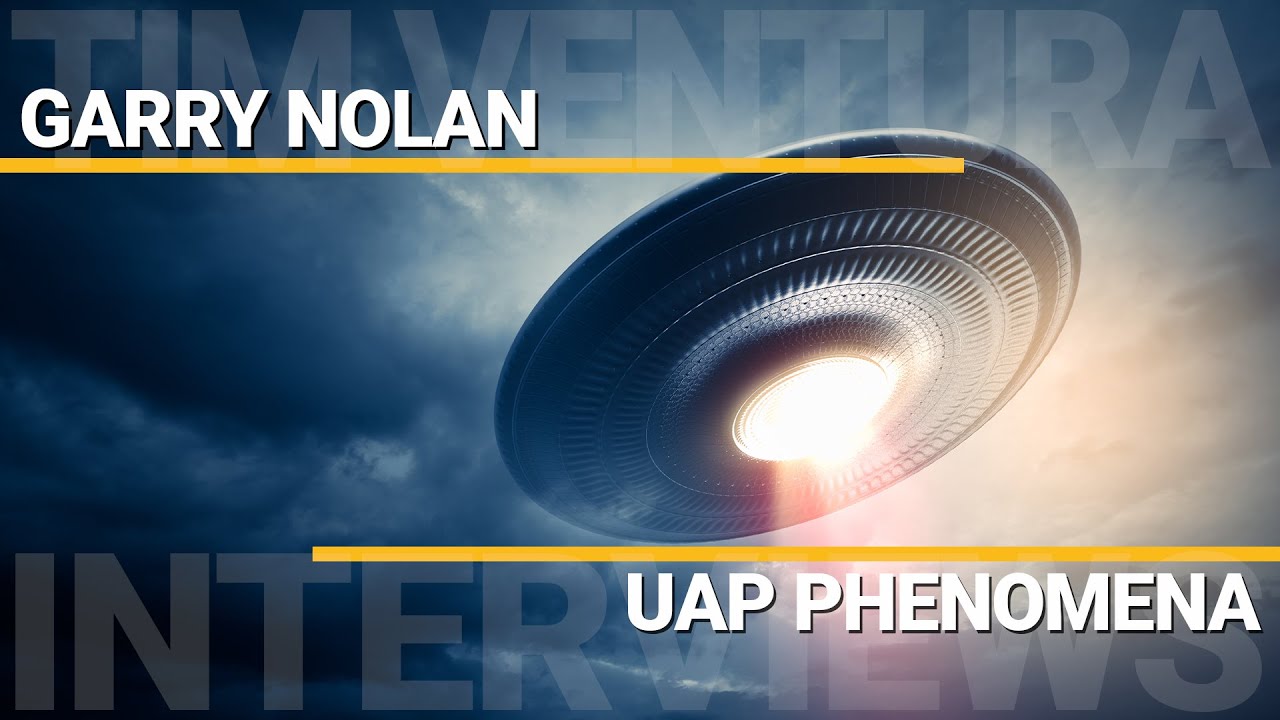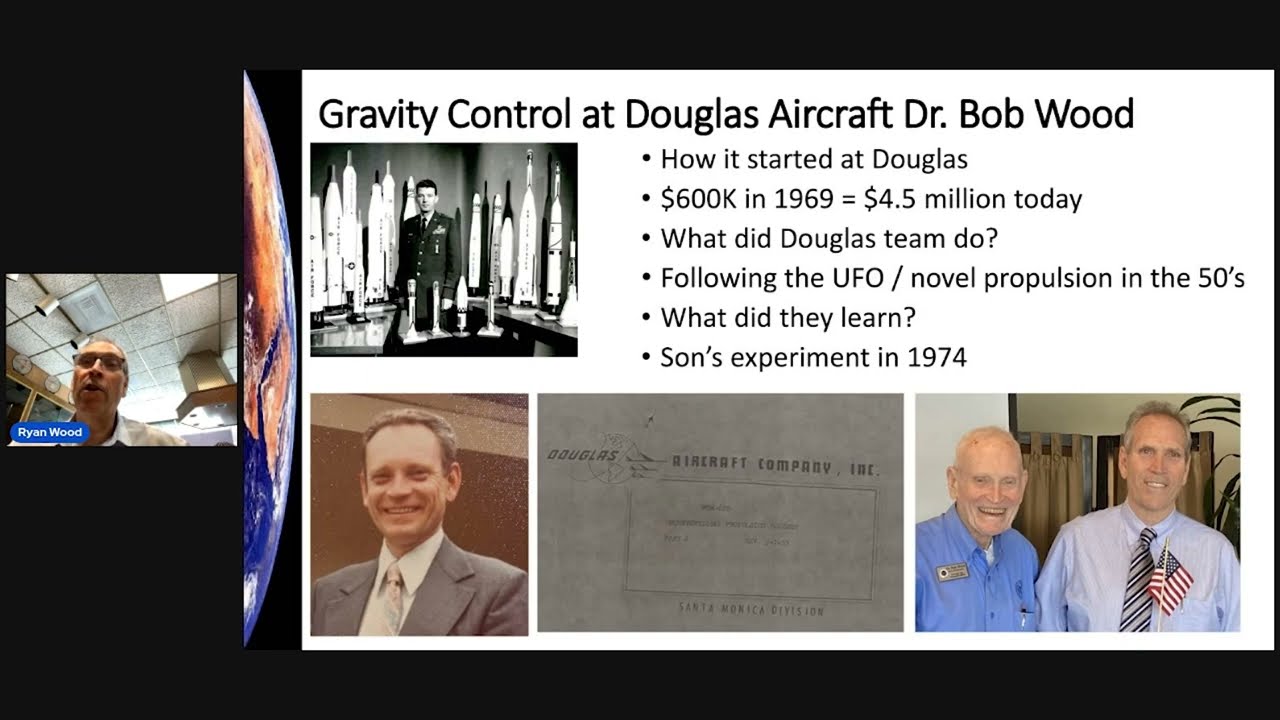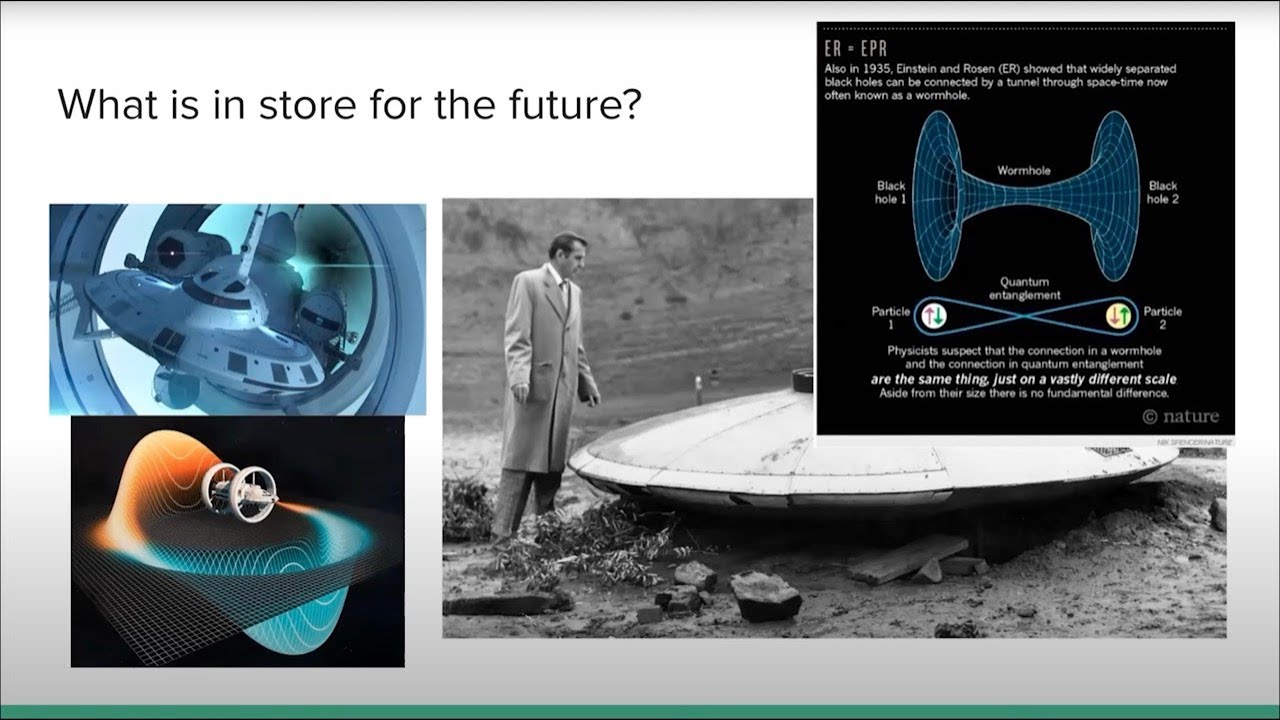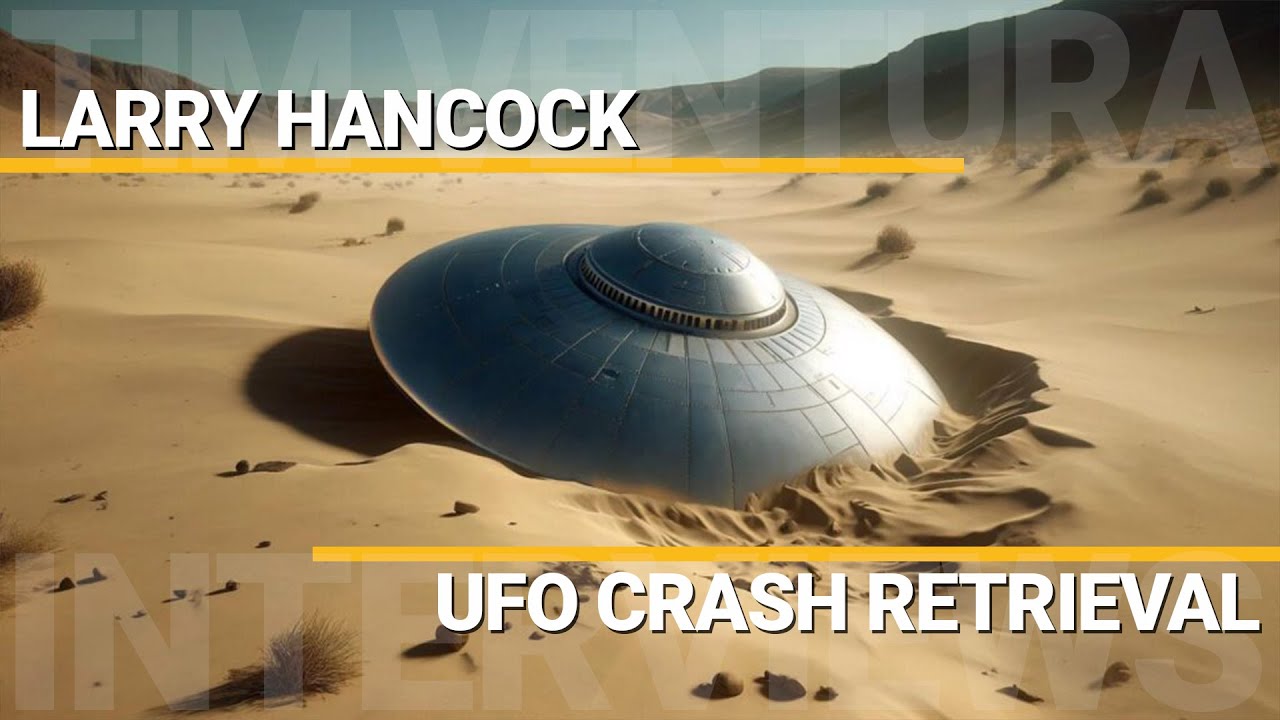UAP & Extraterrestrial Civilizations
Dr. Kevin Knuth, lead scientist of UAPX, discusses his paper, “Evidence Suggesting that Some UAPs are Advanced Non-Human Craft” and his recent Max Planck Institute presentation modeling the characteristics of ET civilizations. Dr. Knuth cites decades of unexplained UAP observations, including high-speed maneuvers defying known physics, powerful electromagnetic effects on terrestrial systems, and unique photographic evidence (Faraday rings). He presents his analysis of historical data, suggesting speeds up to 450,000 mph and accelerations exceeding 6000 Gs.
In addition to flight performance modeling, Dr. Knuth’s research also incorporates a probabilistic simulation modeling interstellar colonization, suggesting a potential long-term extraterrestrial presence on Earth, possibly dating back 375,000 years. The discussion touches upon various hypotheses, including Von Neumann probes and panspermia, highlighting the implications of advanced non-human technology and the vast unknowns of the universe. Dr. Knuth’s work emphasizes the need for serious scientific investigation into UAPs and their potential implications for humanity.
The Roswell Incident and Beyond: A Legacy of Cover-Ups?
Dr. Knuth, whose expertise spans various scientific fields and whose publications include a landmark paper on UAP flight characteristics, begins by addressing the infamous Roswell incident. He argues that the initial reports of a crashed flying saucer were likely accurate, and that subsequent inconsistencies in official narratives point to a deliberate cover-up, potentially involving threats to witnesses. He connects this historical event to the recent, highly publicized statements made by individuals like David Grusch, Senator Marco Rubio, Representative Timbert, and Senator Chuck Schumer, all of whom have alluded to recovered spacecraft and potential biological evidence. Dr. Knuth emphasizes the critical need for a thorough, transparent investigation into UAPs, highlighting the public’s right to know. He also raises profound ethical questions about potential actions taken against UAPs, including the possibility of war, capture, and the mistreatment of non-human entities.
The Physics of the Impossible: Analyzing UAP Flight Capabilities
A key focus of Dr. Knuth’s research involves analyzing the extraordinary flight capabilities reported in numerous UAP sightings. He cites historical data, acknowledging inherent uncertainties, to estimate speeds reaching up to 450,000 mph and accelerations exceeding 6000 Gs – capabilities far surpassing anything currently achievable with human technology. These speeds are comparable to NASA’s New Horizons probe. He meticulously details the analysis, emphasizing the importance of ruling out natural phenomena explanations before considering extraterrestrial origins. Not all UFOs are alien spacecraft, he stresses.
However, some UAP behaviors defy conventional physics. Dr. Knuth presents evidence of high electric fields generated by some UAPs, causing car engines to shut down and, in some cases, inexplicably restart after the UAP’s departure. He presents a model explaining this phenomenon, showing that the high electric fields (3 x 10^6 volts per meter) can ionize air, shorting spark plugs and stopping engines. The subsequent collapse of the magnetic field in the car’s transformer, upon the UAP’s departure, can, in some cases, restart the engine. This model aligns with witness reports, refuting some conspiracy theories. Further evidence includes the observation of Faraday rings in photographs, indicating polarized light interference patterns caused by extremely strong magnetic fields (1011 to 1015 amp meters squared) – magnitudes far beyond anything naturally occurring. The immense power required for such maneuvers – estimated at hundreds of gigawatts, even exceeding the total US nuclear power output for some instances – further supports the conclusion of advanced technology. Luminosity calculations also reveal high power output, with some events exhibiting megawatts of light power, as evidenced by the charring of trees at a reported Arkansas landing site.
A Probabilistic Approach to Interstellar Colonization
Dr. Knuth’s research extends beyond the analysis of terrestrial UAP observations. He has developed a model simulating the interstellar colonization efforts of a million spacefaring civilizations to assess the probability of Earth’s discovery. This model, while acknowledging limitations due to our incomplete understanding of exotic propulsion methods (like warp drives or wormholes), uses known physics to estimate the likelihood of extraterrestrial contact. The simulation suggests that approximately 1.7% of actively colonizing civilizations would discover Earth, with an average civilization domain radius of 6,000 light-years and homeworld distances ranging from 6,500 to 20,000 light-years. This implies that if detected today, a long-term extraterrestrial presence is plausible, with an estimated arrival time around 375,000 years ago. This supports the “zoo hypothesis,” suggesting that extraterrestrial civilizations may be observing humanity without direct interaction. The model also considers various factors, including the lifespan of biological organisms and the potential use of self-replicating Von Neumann probes – efficient tools for galactic exploration. The possibility of these probes utilizing ocean resources for replication is discussed, potentially explaining some reported UAP-water associations.
Panspermia and the Origins of Life
The discussion also touches upon the intriguing hypothesis of panspermia – the theory that life exists throughout the Universe and is distributed by meteoroids, asteroids, and comets. Dr. Knuth cites examples like the survival of multicellular organisms (nematodes) during the Columbia space shuttle re-entry, supporting the plausibility of panspermia. He also mentions a 2018 paper suggesting that the unique characteristics of modern octopuses might be attributed to panspermia, although he clarifies that the paper hypothesizes retrovirus transfer rather than direct octopus deposition. The lack of evidence for simpler life forms before bacteria further strengthens the argument for panspermia.
Conclusion: A New Era of Discovery
Dr. Knuth’s work represents a significant step forward in the scientific study of UAPs. By combining rigorous analysis of observed phenomena with probabilistic modeling of interstellar colonization, he presents a compelling case for the possibility of extraterrestrial visitation. The implications are profound, suggesting not only the existence of advanced non-human technology but also the potential for numerous Nobel Prize-worthy discoveries in physics, energy, and propulsion. The UAP phenomenon, he concludes, is not an endpoint but a starting point for a new era of scientific exploration and understanding of the vastness and complexity of the universe.
Register For UFORev
Want to see more great UFO Reverse Engineering stories? Sign up for our mailing list to get exclusive access to captivating presentations, engaging events, and more!
RECENT POSTS
UAP Phenomena: A Serious Look
May 2, 2025
Antigravity & UFO Reverse-Engineering Black Projects
August 3, 2024
UAP Technical Briefing
January 8, 2023
Congressional UFO Hearing with Lue Elizondo
May 4, 2025
Congressional UFO Hearing with David Grusch
May 3, 2025
The Long History of UFO Crash Retrieval
May 2, 2025





